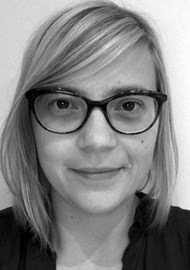This retrospective study compared descemet’s membrane endothelial keratoplasty (DMEK) outcomes in 136 consecutive eyes of 68 patients. All patients underwent DMEK for Fuch’s endothelial dystrophy, where consecutive eyes received 100% air bubble during first eye surgery and 20% sulphur hexafluoride (SF6) gas bubble at second eye surgery to attach the graft. Two experienced surgeons performed all surgeries, and each time 80% anterior chamber fill was achieved with either air of SF6. Each eye had two Nd:YAG iridotomies performed on the day before surgery to reduce risk of pupillary block. Mean best-corrected visual acuity at three months was not statistically different between eyes which received either air or SF6 injection to attach the graft. There were no differences in endothelial cell density or endothelial cell loss at three months after surgery. The graft detachment and need for re-bubbling was significantly lower in eyes, which received SF6 injection, but more pupillary blocks, requiring gas release, were noted in SF6 group (although this difference did not reach significance). Clinically relevant graft detachment rate for eyes which received air injection, was 19.1% versus 5.9% for eyes which received SF6 injection. The median time to re-bubbling was different between air and SF6 filled eyes – six days post-surgery in air-filled eyes and 15 days in SF6 gas-filled eyes. In keeping with previous reports, SF6 seems to increase graft attachment during DMEK, reduce the need for graft re-bubbling but can increase risk of pupillary block necessitating release of gas postoperatively.




